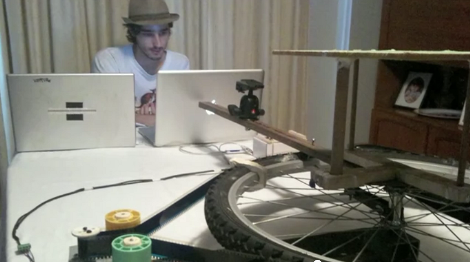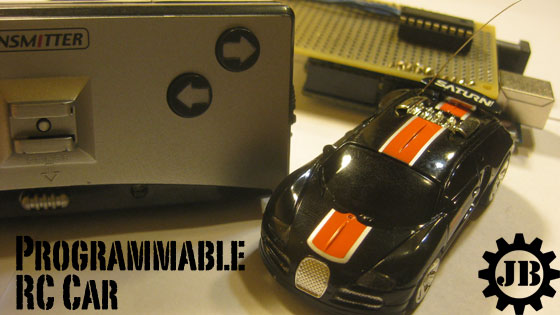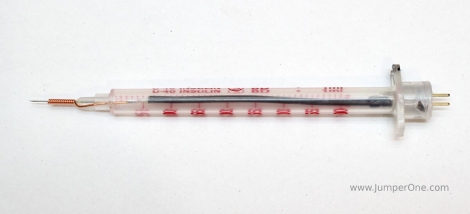
A little bit of technology goes a long way when it comes to stop motion animation. In this case it’s a trio of simple camera dollies built during production of a short film called The Maker.
A Dolly is a method of mounting the camera so that it can be moved smoothly during a shot. Of course with stop motion the movement actually happens between the shots so it’s even more important that the camera be moved accurately. The video after the break shows off how they added CNC control for the camera. The first dolly was built from a pair of PVC pipes with a sled that moves along them. A motor moves a loop of 35mm film which is attached to the dolly. This is a great choice of materials since it doesn’t stretch and it’s free (one of the filmmakers is a projectionist). The next dolly is made from a flatbed scanner, and the final offering is seen above. Built from a bicycle wheel it provides a stationary platform above the hub for the models, while the camera rotates on an arm attached to the wheel. You can watch the complete film here.
If you’re looking for more inspiration check out this dual-axis PVC dolly project.
Continue reading “Camera Dollies Hacked Together By Stop Motion Filmmakers”

















